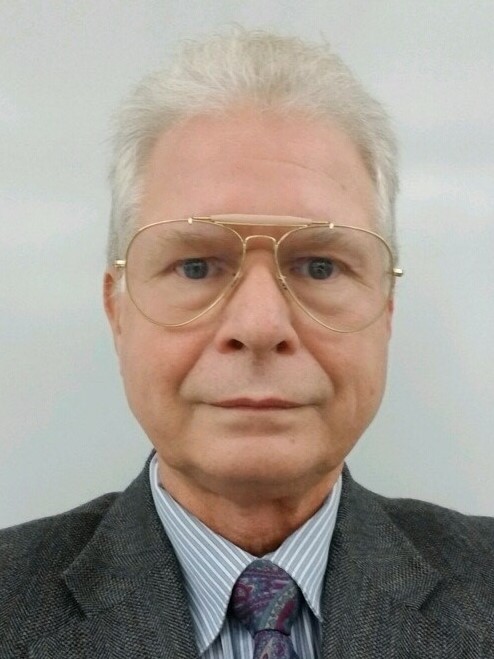What processes or technologies will be implemented in HVAC systems to improve air quality?

Anthony Kesslak, CIH, CHMM
Certified Industrial Hygienist
Hillis-Carnes Engineering Associates, Inc.
“Engineering controls for HVAC systems have been in existence to filter out harmful air particles, dilute contaminants and disinfect air supplies. High Efficiency Particulate Air (HEPA) filtration is the preferred approach to reduce the number of infectious bodies in the air which can be accomplished in different ways, including:
- Maximize the fresh air intake by diluting the space with fresh, clean air.
- The use of HEPA filters, which have been shown to be effective on particles with less than 0.3 micron aerodynamic diameter (many viruses are in this size range).
- Installing room or personal-sized electrostatic precipitator filtering systems. This technology uses electrically charged plates to attract and capture airborne particles.
Currently, there is research being conducted on using UV-C light wavelengths to kill airborne viruses safely. UV disinfection systems are often placed within the HVAC system, minimizing the risk of human exposure to UV radiation, which is another promising technology utilizing passive air systems.
The bottom line is this: the less clean air you have, the higher chance there exists to spread a virus or other contaminant. It is recommended, for the best chance of successfully providing a healthy space, to utilize more than one technology and fine-tuning the approach to meet your specific needs.”

Kat Sabo
President
Budova Engineering, Inc.
“The COVID-19 situation is still very fluid and I do not think there is only one answer or one “right” answer out there yet that will work for every system/building. It is too early to commit to one particular solution. That said, there are specific changes to HVAC that are being considered to mitigate the transmission of COVID-19 and provide a safe environment while still maintaining the indoor air temperature and humidity at comfortable levels. They are as follows:
- Increasing the amount of outdoor air ventilation and air changes per hour.
- Keeping the HVAC running during unoccupied times.
- Limiting return air mixing between occupied zones/areas. Increasing the use of single zone systems and decreasing the use of open plenum return.
- Installing air purification and disinfection systems, such as enhanced filters, air cleaners and ultraviolet [UV] lights in HVAC units, ductwork and return air pathways.
- Using computation fluid dynamics [CFD] during design to understand the air flow and temperature distribution within a designated area.”

Martin G. Knott, Jr.
Member, Maryland Economic Development Commission
and
President, Knott Mechanical
“The COVID-19 outbreak will be to the HVAC industry what 9-11 was to the security sector in that we expect every building system to undergo operational changes in some way. Tenants are looking for assurances that the indoor air circulating throughout buildings is safe to breathe, and landlords and owners are now going through the process of examining ways to achieve this.
Our industry follows guidance from the American Society of Heating, Refrigerating and Air-Conditioning Engineers (ASRAE) and the CDC and, together, they are issuing protocols to mitigate indoor air quality issues which starts with elevating the percentage of outside air funneled into indoor spaces.
Building owners are upgrading air filters and using technology such as ultraviolet light and bi-polar ionization to achieve healthier indoor air. Many current HVAC systems are not equipped to accept upgraded air filters so more work needs to be done. Very few people cared about the quality of indoor air about five months ago but, going forward, this issue has emerged to the top of the priority list as landlords work to improve the health of buildings as employees migrate back to the office.”